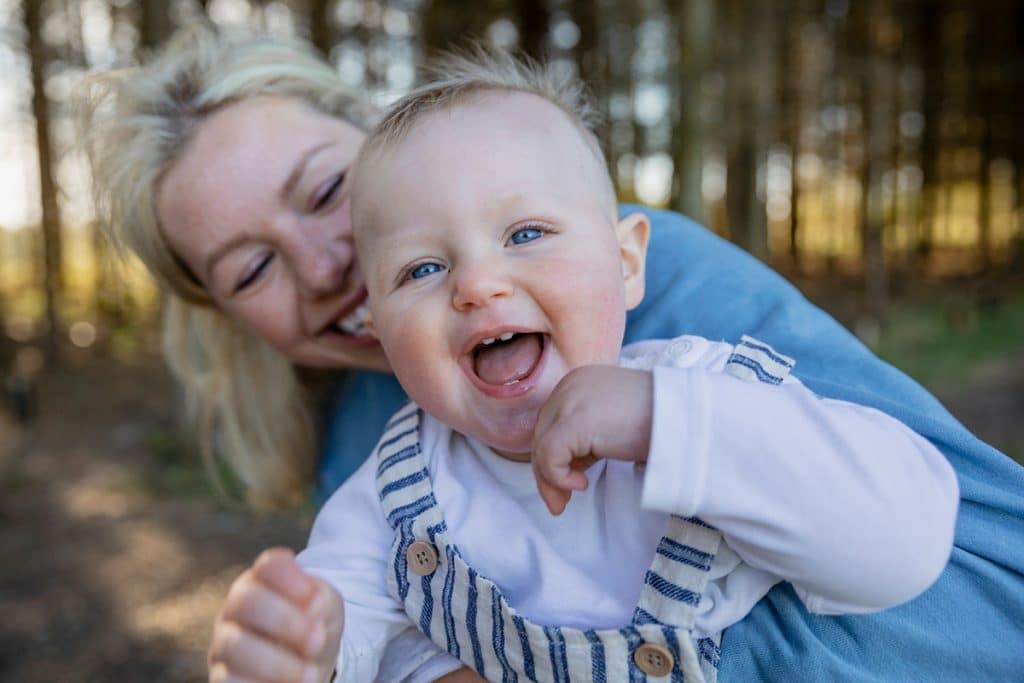Losing Baby Teeth: When Do Kids Lose Teeth and What to Expect

Your child’s first lost tooth is a momentous occasion. For some children it is exciting and for others it can be frightening. To avoid anxiety and fear regarding tooth loss, it helps to know what to expect so you and your child can be fully prepared.
At what age do kids typically lose their first tooth? Here’s a general idea of the age range and process for the shedding of primary (baby) teeth.
Average Age for Losing the First Primary Tooth
Most children will lose their first tooth sometime between the ages of 4 and 7. On average you can expect it to happen around the age of 5-6. The earlier your child’s first tooth erupted in infancy, the earlier they tend to lose their first tooth. Children whose teeth came in before they were 6 months old could lose their first tooth by the age of 4, whereas a child who didn’t get a tooth until well after their first birthday may not lose one until they are 7 or 8.
Why Do Baby Teeth Fall Out?
The primary teeth are temporary. They assist infants and toddlers with eating and speech development. They also serve as placeholders for the permanent teeth that will eventually replace them. As your child’s jaw grows to make more room for larger teeth, the baby teeth will gradually fall out and the permanent teeth will come in.
Order of Teeth Shedding
Baby teeth typically fall out in the same order that they come in, starting with the bottom front teeth, followed by the top front teeth. The rest will come out in order from the front to the back of the mouth. The 2 year molars are the last to be shed, as the 6 year molars are permanent from the time they erupt.
How Teeth are Shed
The first sign that a tooth is ready to be shed is that it will become loose. This is because the roots of the tooth begin to dissolve, causing it to loosen from the socket as the support structures gradually let go. It is normal for children to wiggle their loose tooth with their tongue or finger, as this helps the process of shedding.
Should You Pull Out Loose Tooth?
Just because a tooth is loose doesn’t mean it is ready to come out. Pulling a loose tooth too soon could result in excessive bleeding or possible infection. It is best to let it come out on its own gradually. It is important to avoid pulling the tooth before the permanent tooth is ready to take its place. However, if the tooth is very loose and is causing your child discomfort or difficulty with eating, it is ok to try and get it out.
Wash your hands thoroughly before attempting to remove a loose tooth. Use a piece of sterile gauze to grip the tooth and gently pull. Do not use extreme measures, such as tying the tooth to the doorknob, as this could cause pain or injury.
Frequently Asked Questions About Tooth Shedding
What should I do if the permanent tooth comes in before the baby tooth falls out?
This can sometimes happen when there is crowding in the mouth. Be sure to let your dentist know so that proper steps can be taken to avoid a problem. Your dentist may recommend extraction of the baby tooth.
Is it ok to brush around the loose tooth?
It is important to keep the loose tooth and adjacent teeth clean to avoid decay and keep the gums healthy. Have your child continue to brush and floss around the loose tooth. If the tooth comes out while brushing, it was ready to be shed.
Learn More From Hi-Fi Dental
If you have questions about your child’s dental health or tooth shedding, call Hi-Fi Dental at 602-242-5445 or contact us today to schedule an appointment.
